You may be wondering, how do I water indoor, balcony, and deck plants without making a mess? How to water my office plants without water dripping? How to stop the water from making a puddle?
Many houseplants like to be watered deeply in-between times of drying down a bit. This is easy to do outdoors where the excess can just drain off onto the ground, no problem. What about if your plants are indoors, on a furnished deck, or on a balcony where to excess will pour onto the heads of your next floor down neighbors? This has its own challenges in water management.
No-mess watering:
- Self Watering planters or pots
- Sub-irrigated planters or pots
- Automatic Irrigation
- Refillable Bulb Waterers
- Deep Water Collection Trays
- Cache Pots
- Relocate Pots During Watering To Sink / Drain
You can solve this challenge by approaching these two strategies, or a combination of :
-Use the perspective of conservation of every drop of water.
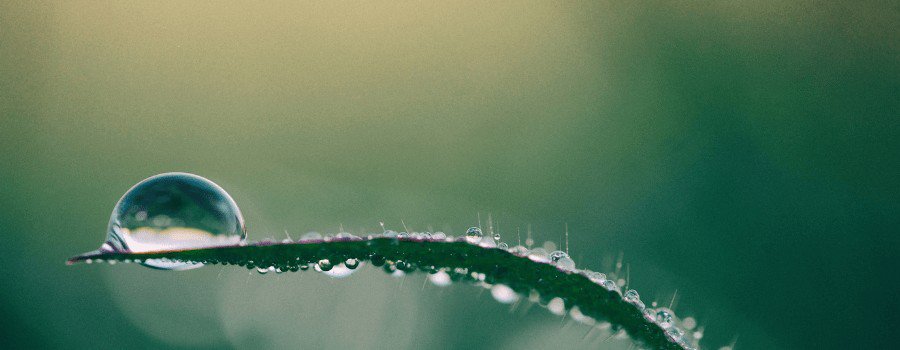
Or:
-Bring the plants to the water, rather than bring the water to the plants.
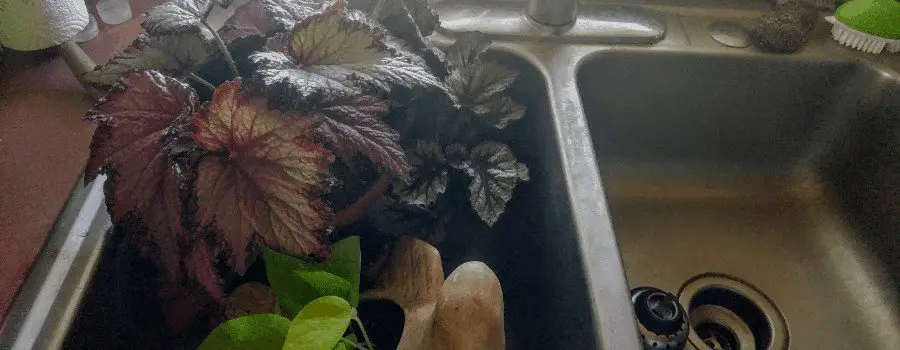
Now which one of these strategies you choose to implement will have a lot to do with your specific circumstances, but let’s look at some solutions here.
Water conservation strategy:
If water was $50 a gallon, you would not allow it to pour on the floor, or your desk, or your antique coffee table. You would come to the problem with a different mindset. Conserve every drop and do not allow it to be wasted. This same mindset will control any excess water preventing spills.
Check out my favorites page here.
Sub-irrigated planters
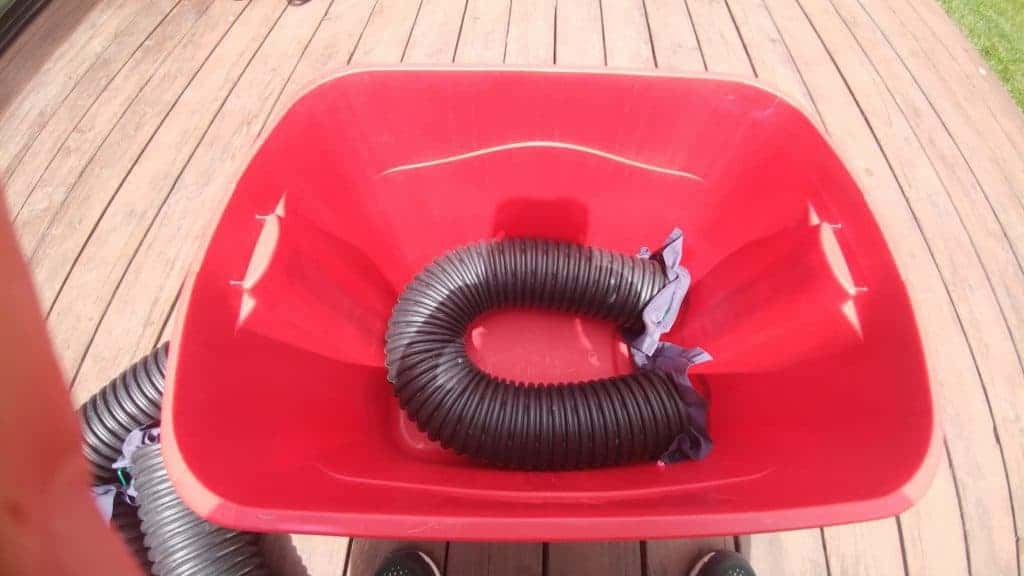
Sub irrigated planters, SIP, is a type of irrigation and watering system well known in containerized and raised bed vegetable circles. This is where water storage is kept underneath the plants. Water is collected by both regular watering and adding water directly into the storage area. Water does not drain out the bottom, however, there is always a way for extra water to drain out from an excess port to prevent overwatering when the storage section of the planter is already full of water. The proper balance of water is achieved by wicking the stored water from the storage area into the potting soil the plants are growing in.
Self-watering containers
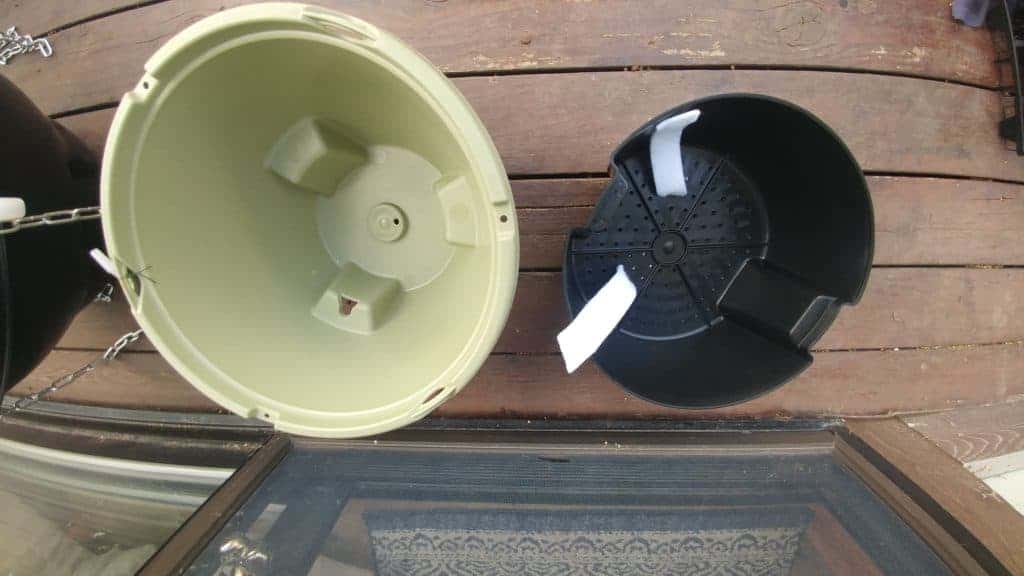
Self-watering containers also store water for future use in the container. The means for getting the stored water to the potting soil and to the plants can be by wicking or osmosis. The main classifying element is these planters store and distributes the stored water automatically all in one package that appears from the outside a regular planter. Self-watering containers may hold their water below, beside, or around the plants.
One of my absolute favorite finds, perfect for the office is here.
Click here to see some awesome larger self-watering containers on the list of my favorite things!
Or go straight to Amazon here to see even more size options.
Re-fillable slow seep irrigation.
This is a method to add a self-watering component to an existing container.
- Refillable glass globes
- Refillable own bottle added to seeping terra-cotta base planted into the soil
- Terra-cotta slow drippers connected to large refillable storage through tubing
Deep-water collection trays
Water collection trays are used to simply collect any excess water that comes out of the drainage holes when watering. To use water collection trays properly, the plant pot can not sit directly in that excess water. That would completely negate the use of the pot having drainage holes and the plant would still stay too wet.
Also, if the trays are small, there is not enough room to hold the drain off, the excess, water then overflows, negating the benefit of the tray. Important to note, if this happens, overflow from a tray, if on a moisture-sensitive surface such as wood, underneath the tray needs to be dried. Water will seep under there, and be trapped, damaging that surface.
This is why I recommend deep collection trays, not the small, cute attached saucers you can find commonly on indoor pottery. These dainty saucers are great if you are taking your plants and watering elsewhere, like covered below, and contain any errant drips after draining. Thinking they are meant to act to stop excess water from regular watering would be a mistake.
Cachepot collection.
This is a great solution for protecting your surfaces and also decorative. Cachepot catches the water. They do not have drainage holes. These pots are NOT meant to plant into, they are meant to drop your plant, in its existing inexpensive plastic pot with holes, into. When you finish watering, simply drain the excess water that has formed at the bottom of the cachepot. No leaking water and no wet feet or rotted feet for your plants.
Some pots try to be both, regular pot with a drainage hole and have a plug to convert it into a cachepot. If you need a cachepot to ensure against leakage. Approach with caution. There will be a time that it will eventually leak. Decide on what you want, what you need, and get it. Pot with drainage holes and control the excess water you need to expect in another way. OR get a dedicated cache pot to catch that water.
If your plant is too large to pick up and drain the cachepot, try putting a layer of gravel, glass flattened beads, or pot feet INSIDE the cachepot, under the plant’s drainage pot. This will allow the water to drain from the plant and not overwater and kill the plant. A little bit of excess water will simply evaporate from the cachepot. You will need to monitor your watering much more carefully doing this, as to not have too much excess water sitting in the bottom. Too much will not have a chance to evaporate before more is added and who wants musty water gathering and sitting around the home?
“If you can’t go to the mountain, bring the mountain to you” strategy:
Take your plants to a water-friendly space, your kitchen, bathroom, or garage.
This is simply taking your plants into an area that is water-friendly and soak your plants that need to be watered thoroughly, allow to drain, and then return them to their spots. Water is controlled and any spillage is kept to appropriate areas.
Water them either by soaking them with a watering can, under a faucet, or with a sprayer. Watering plants three times in a row will ensure that all of the potting soil is holding as much water as it can, and eliminate dry pockets.
Roots that are in dry pockets will die with no moisture and starts leading your plant down the road of stress due to not having enough roots to support the foliage of your plant. Constantly soggy soil will also lead to root dead, root rot, so a balance is vital for healthy plants.
You can alternatively water your plants by either soaking in a sink, bucket, or otherwise, pool of water. Shallow water will seep up and wick all the way to the top, give it 15 minutes or so. It depends on your soil and your container, but try it once and see. If you come back after 15 minutes and your soil is not wet all the way to the top, either give it more time, pour water from the top as well, or completely submerge your plant’s pot in water. If you are submerging, do so until the air bubbles stop coming up. Then remove your plant from the water and let drain for 15 minutes or so, then return to the area they grow in. The exact amount of time to drain depends upon so many factors including the type of container, type of soil, the ratio of soil to roots….just try for about 15 minutes, see if there is still water seeping out, if so, leave longer, if not, maybe next time you can move back into position sooner.
Click here to see my favorite solutions!
-
Water New Trees & Flowers – Volume, Frequency & Best Tips

After transplanting trees, shrubs, annuals, and perennials, into your landscape, watering will be first on your list of concerns. Getting this right will solve the number 1 reason why plants
-
Should You Buy It? Cercis canadensis ‘Flame Thrower’ Redbud

If you will take the time to make sure this tree remains vigorous, it is well worth it! A stellar new tree with loads of color and interest even when
-
Japanese Maples W/ Unusual Peach Color on New Leaves In The Spring
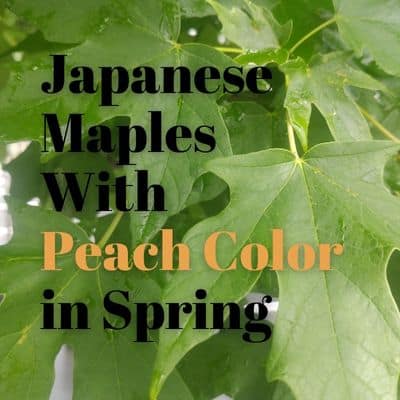
ACER CIRCINATUM ‘SUNNY SISTER’ 6-8 6-7 peach lt green yellow/ orange Amoenum upright ACER ELEGANTULUM X PALMATUM ‘JOHNNIE’S GIANT’ 6-9 FAST 15 Peach dk green yellow/ orange Matsumurae upright ACER
-
What Japanese Maples Are Orange In The Fall?
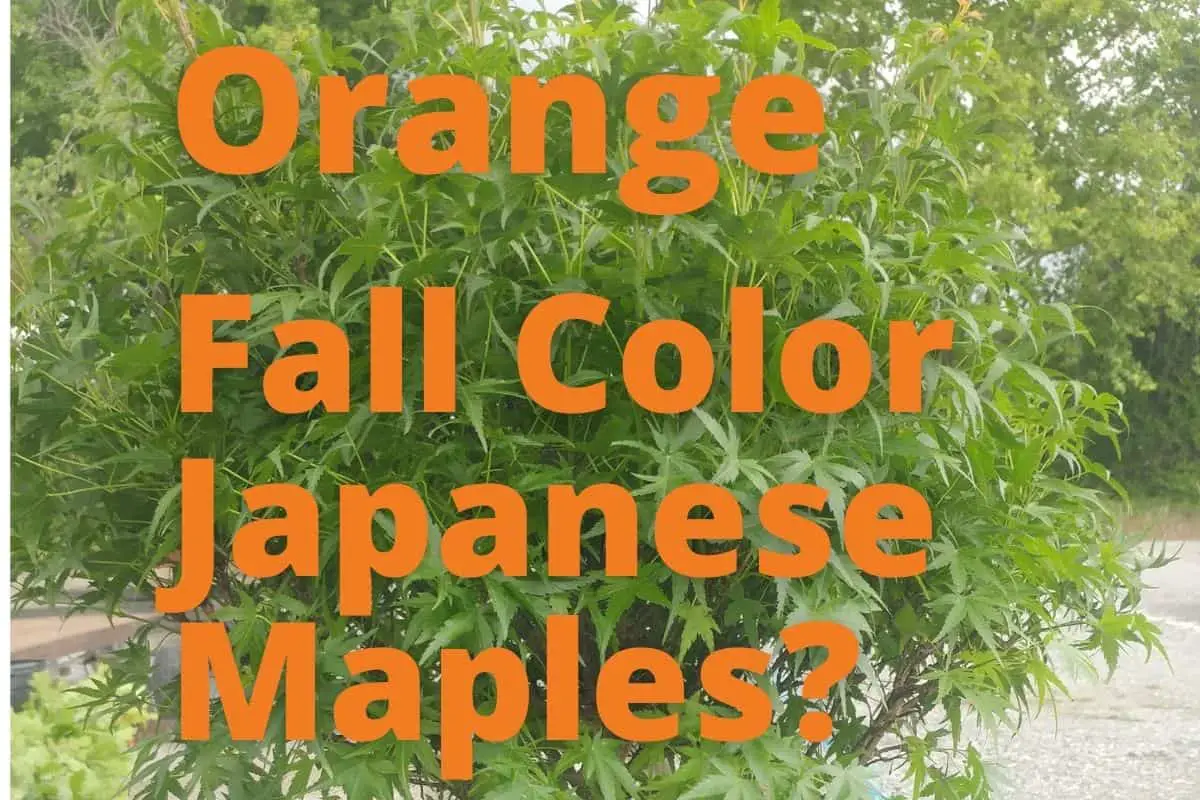
Latin name zones height 10-15 yrs spring color summer color fall color leaf type tree shape ACER JAPONICUM ‘EMMETT’S PUMPKIN’ FULL MOON 5-9 12-15 org/over green dark green orange Palmatum



